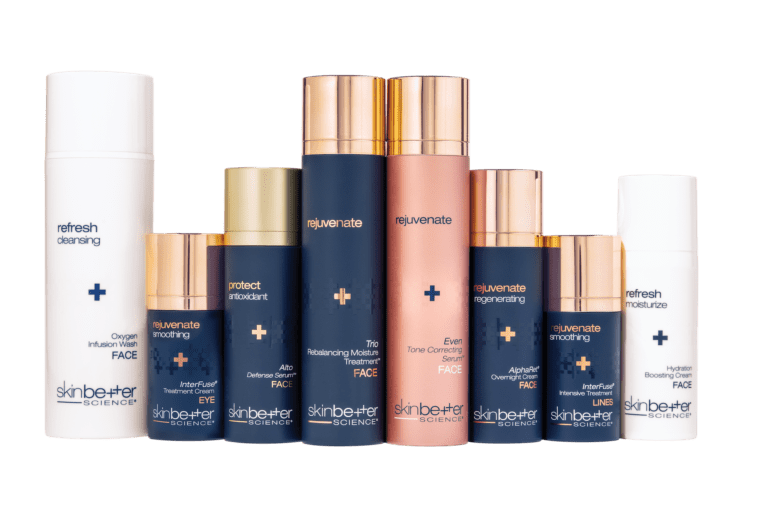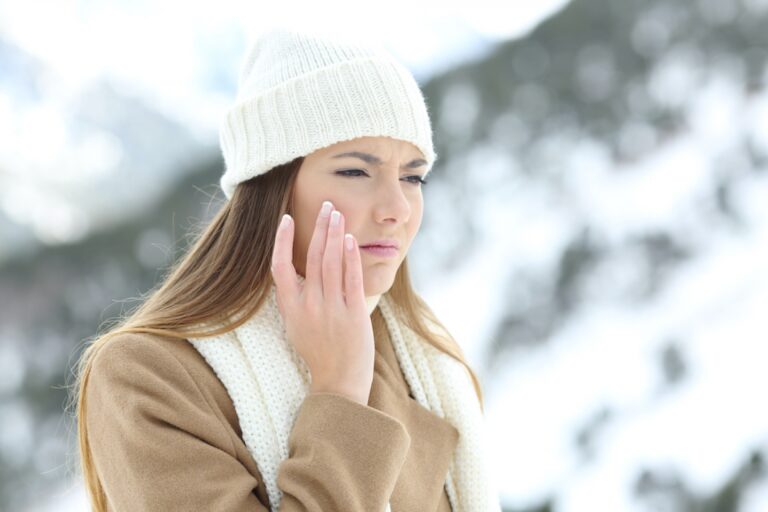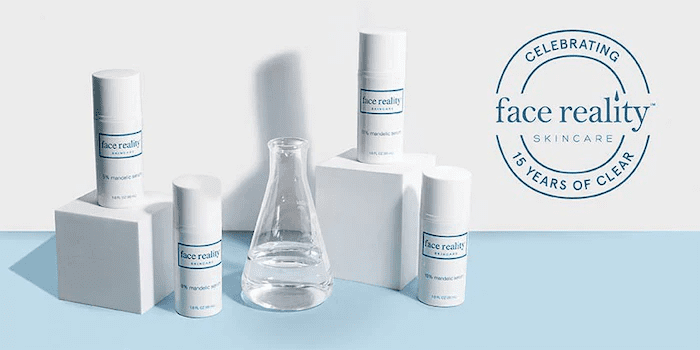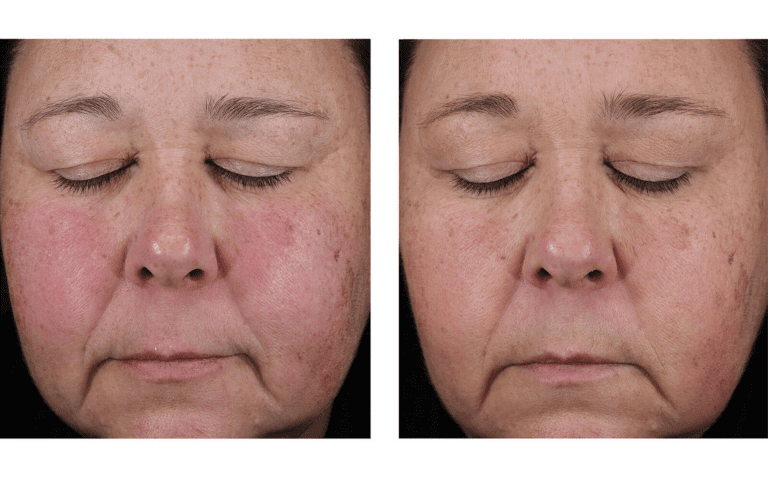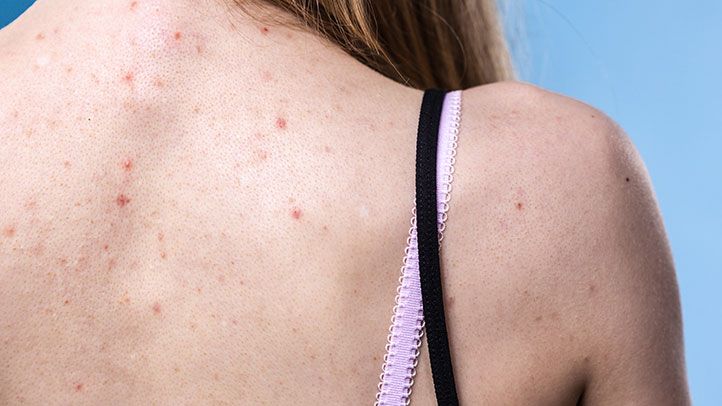First lets talk about the sunrays. There are two types UVA and UVB, UV standing for Ultra-violet radiation. The majority of the rays that make it to our skin are UVA. UVB still can be quite damaging including playing a role in skin cancer. If a SPF is labeled broad spectrum then it should have you covered for both UVA and UVB. But be careful if it is not, zinc oxide for example which is very important for protecting us from UVA rays does not protect us from UVB rays. It is also important to use a reputable skin care line when chosing a sunscreen as many sunscreens that were independently tested claiming to be broad spectrum failed to show coverage.
So SPF 100 blocks out three times as much of those rays as SPF 30 right??? Wrong! SPF 30 block about 97%, SPF 50 blocks about 98% and SPF 100 blocks 99%. So there is not much difference. The American Academy of Dermatology recommends wearing an SPF of at least 30. Since there is not much difference between the three in terms of protection I recommend a SPF 50 when you know you will be outside and SPF for incidental exposure and daily use. I have heard the excuses for not wearing sunscreen – it breaks me out, it looks chalky, and let me tell you times have changed! Most medical grade sunscreens do not break people out. Many lines also do offer an option to return them or exchange them or even try a sample if that is the case. The chalkiness in SPF is usually attributed to zinc oxide. Zinc oxide is a physical blocker of sun vs a chemical blocker so you want that in a sunscreen, and the closer to 10% the better. New formulations now make it so that it is not chalky such as PCA Weightless SPF 45. And how do you solve the issue of re-applying every 2 hours when you have makeup on? Now skin better science has a mineral compact with SPF 68. If you don’t like the feel of lotion there are sprays and sticks now too. There are really too many options out there now for anyone to have an excuse of not wearing sunscreen!


